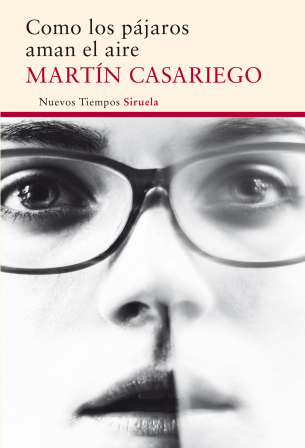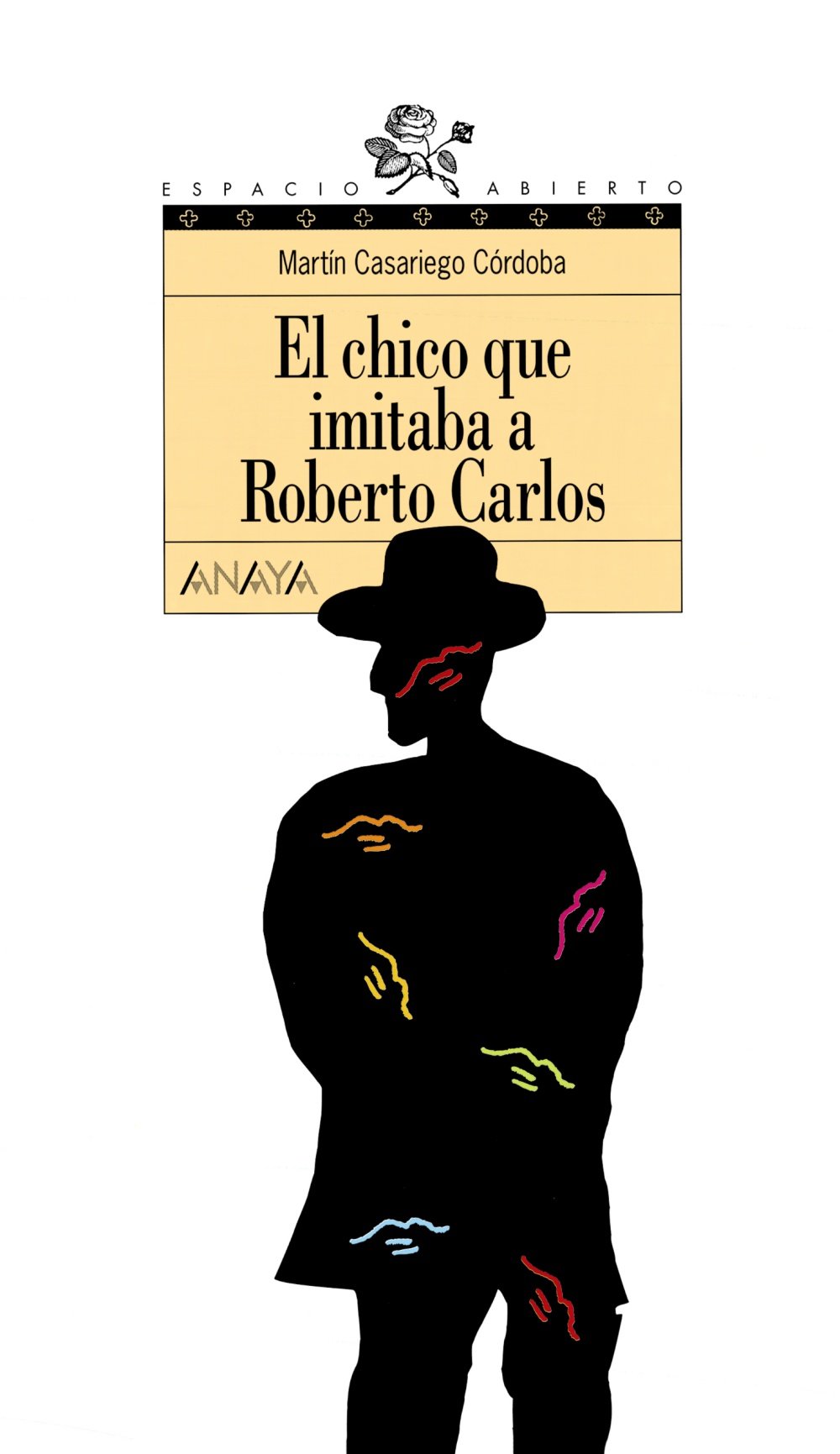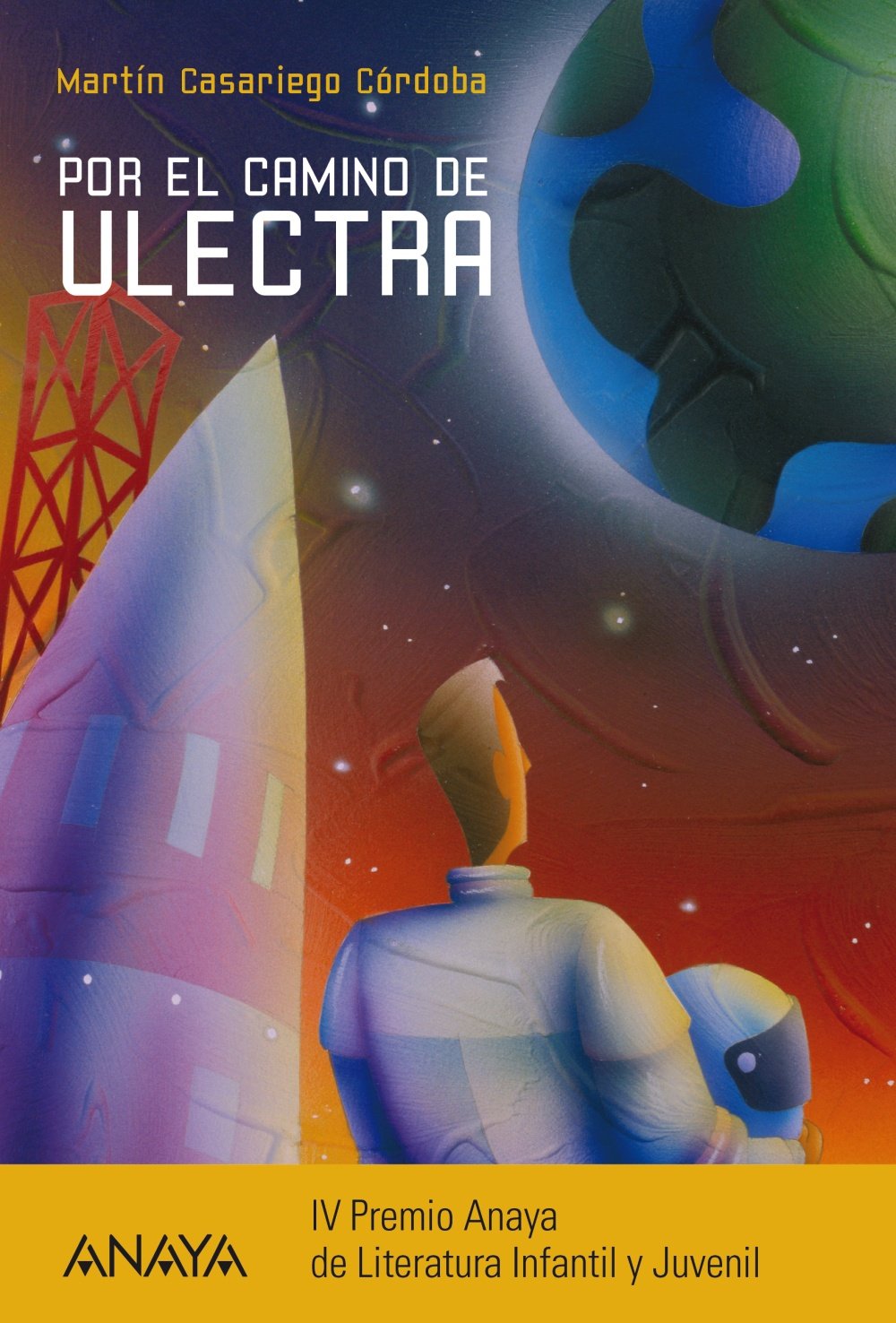
La colección «Pisco»
Pisco is designed as a series of eight titles (the first four, for children that are between 6 and 8 years old; the second group of four, for children between 8 and 10). The main character is Pisco, a seven-year-old boy who is like many other boys his age: curious, enthusiastic, and once in a while he tells a little white lie. He has a younger sister, Anita, who is very bright but doesn’t speak properly.
Their babysitter, Margarita, starts to tell Pisco, in the first volume (published in 1996), the story of Captain Caiman, a 17th century Spanish pirate. Caiman is a brave sailor that everyone is chasing after: his rival, Black Tooth; the British; and Admiral Deep Sea, the father of his girlfriend (Marisa del Cerro), who wants to have him tried in Spain for the murder of the Viscount of San Esteban.
The books can be read separately, although Captain Caiman’s adventures continue (Margarita gives a brief synopsis of the previous book at the beginning of the one that follows it). In the last book we discover the pirate’s true identity, and he is proved innocent of the crime they accuse him of.
While always striving to entertain young readers with adventures and humor, the series extols values such as friendship and love (sometimes unrequited, as Sergeant Windward and Pisco himself know full well), and slips in little life lessons (don’t be afraid of making mistakes, in “Pisco pasea por la ciudad;” dialogue within a family can solve problems, in “Pisco sueña con el Capitán Caimán;” you have to learn to share things, especially with your siblings, in “Pisco va a la playa;” friends and freedom are the real treasures, in “Pisco y la Isla de las Plantas Carnívoras”…)
The idea behind the series is to create books in which realism (a child’s everyday life) is mixed with fantasy (pirate adventures), as both dimensions are always present in childhood. The two planes blend together in this series when Pisco becomes Lieutenant Nobody and Anita becomes Pirate Badblood and they join Captain Caiman in his adventures.
Titles published in Spanish: Pisco pasea por la ciudad (Pisco Takes a Walk Through the City); Pisco sueña con el Capitán Caimán (Pisco Dreams of Captain Caiman); Pisco y la boda del Capitán Caiman (Pisco and Captain Caiman’s Wedding); Pisco va a la playa (Pisco Goes to the Beach); Pisco y la Isla de las Plantas Carnívoras (Pisco and the Island of Man-Eating Plants); Pisco y el Contramaestre Diente de Oro (Pisco and the Boatswain Gold Tooth) and Pisco y el asesino de los guantes blancos (Pisco and the White-Gloved Killer).





















